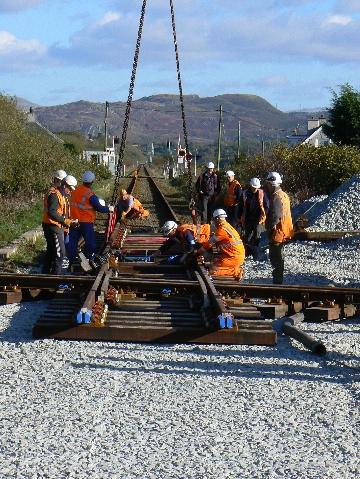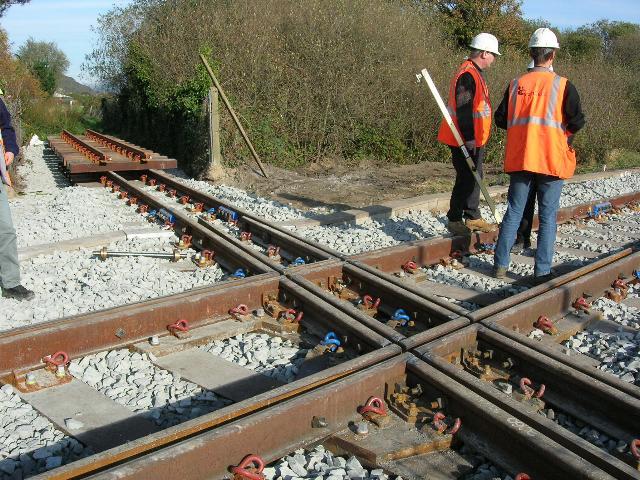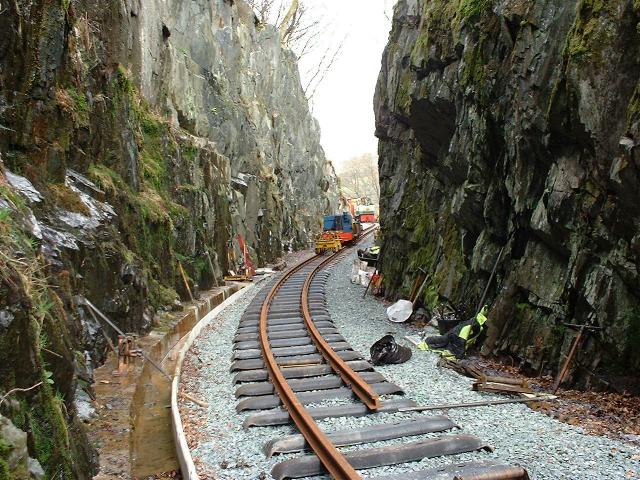2011
Museum Discussion / WW&F Hopper Car Plans *PIC*
« on: September 15, 2010, 08:37:26 PM »
MODERATORS NOTE:
WW&F Hopper Car Plans *PIC* has been converted from the pre-July 2008 WW&F Discussion Forum.
Some formatting may have been removed or modified from the original postings that appear quoted in this topic.
Information contained within this post may be superseded by more recent postings and conversations.
Stephen Hussar wrote:
Ira Schreiber replied:
Joe Fox replied:
WW&F Hopper Car Plans *PIC* has been converted from the pre-July 2008 WW&F Discussion Forum.
Some formatting may have been removed or modified from the original postings that appear quoted in this topic.
Information contained within this post may be superseded by more recent postings and conversations.
Stephen Hussar wrote:
Quote
These plans for a WW&F Hopper Car, created in 1901 were sent by Stewart Rhine. I created the "blueprint" look to make the lines and dimensions more apparent. Since this reduced image is only 278kb I thought it would be ok to post it here.
Ira Schreiber replied:
Quote
Thanks alot for posting the plans.
Can they be easily modified to show the dimensions in a readable form?
I am intrigued by the car and would like to see the 12"=1' version.
Ira
Joe Fox replied:
Quote
That looks much like a gondola. That would be great, if we could build a hopper car that looks like a gondola, witht the dump peice under the car. I like the looks of that blue print.
Joe




























